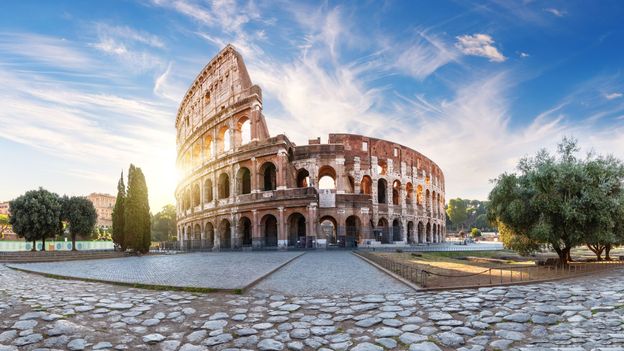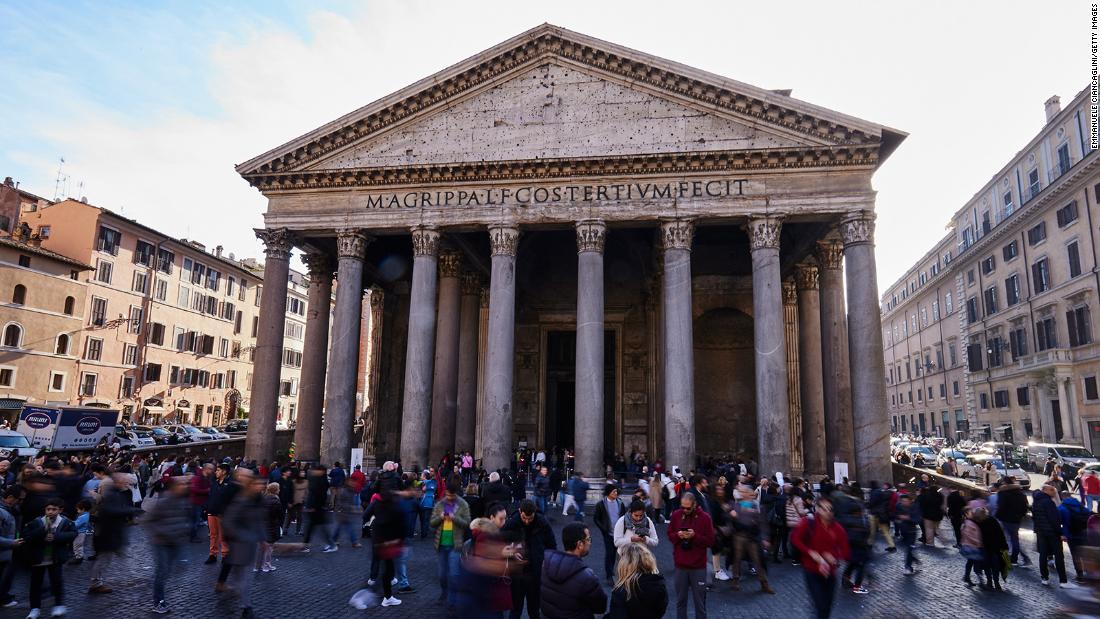People have been studying Roman concrete and why it was so durable in order to improve modern “Portland” cement. One of the end goals is to make less of it since the process of concrete making contributes to global warming (estimated at 8% of greenhouse gas).
Whereas Portland concrete is designed to be as chemically inert as possible to stave off cracks and bubbles that would harm the integrity, Roman concrete is chemically active but in such a way that heals cracks and improves durability. Further Roman concrete seems to have had multiple mechanisms to achieve this from the kind of limestone used to use of volcanic rocks and ash.

 www.bbc.com
www.bbc.com

 www.cnn.com
www.cnn.com
Each of these news articles contain links to published papers.
It’s a good reminder that our ancestors the world over (and no doubt current but pre-technological societies) can still be valuable sources of information. They had to solve many of the same problems as ourselves and some of their solutions may be, if not outright superior, offer inspiration for improvement. The scientific method and our advanced technology are invaluable, including to reverse engineer our history such as above, but its base human ingenuity and perseverance that underlies it all.
Whereas Portland concrete is designed to be as chemically inert as possible to stave off cracks and bubbles that would harm the integrity, Roman concrete is chemically active but in such a way that heals cracks and improves durability. Further Roman concrete seems to have had multiple mechanisms to achieve this from the kind of limestone used to use of volcanic rocks and ash.

How are Rome's monuments still standing?
Nearly 2,000 years on, how are the Colosseum and the Pantheon still standing despite earthquakes, floods and military conflicts?

Mystery of why Roman buildings have survived so long has been unraveled, scientists say
The majestic structures of ancient Rome have survived for millennia — a testament to the ingenuity of Roman engineers, who perfected the use of concrete.
 www.cnn.com
www.cnn.com
Each of these news articles contain links to published papers.
It’s a good reminder that our ancestors the world over (and no doubt current but pre-technological societies) can still be valuable sources of information. They had to solve many of the same problems as ourselves and some of their solutions may be, if not outright superior, offer inspiration for improvement. The scientific method and our advanced technology are invaluable, including to reverse engineer our history such as above, but its base human ingenuity and perseverance that underlies it all.
